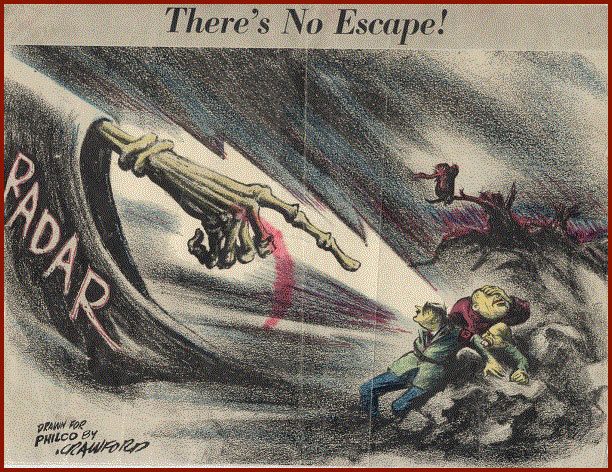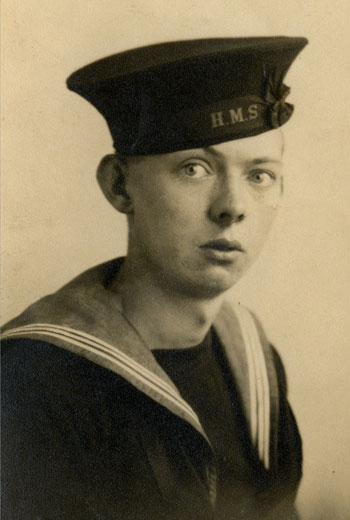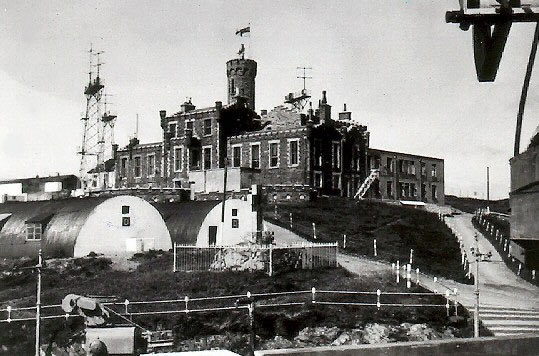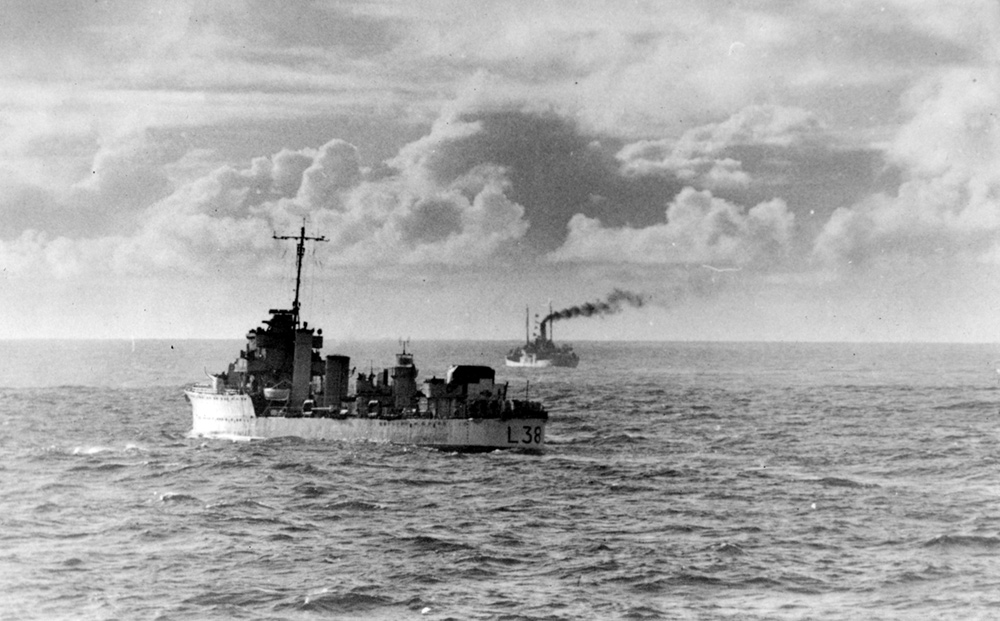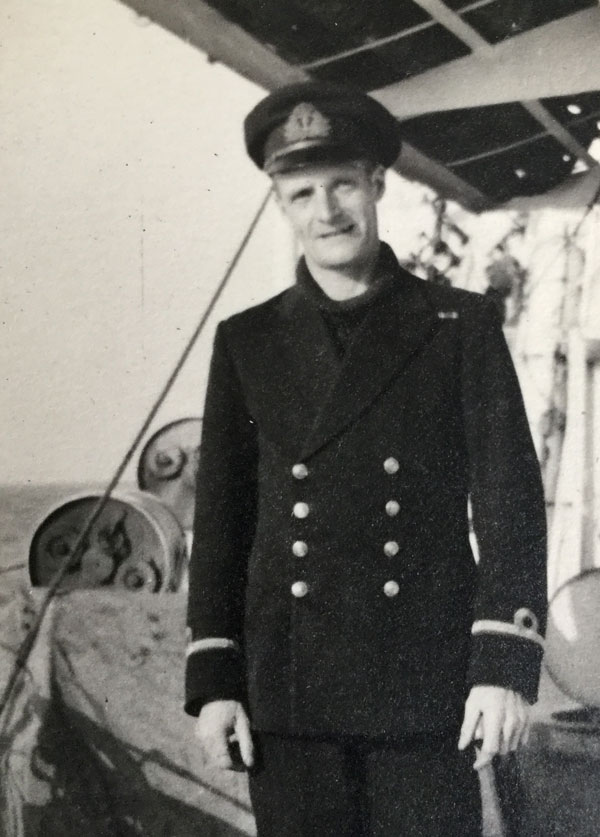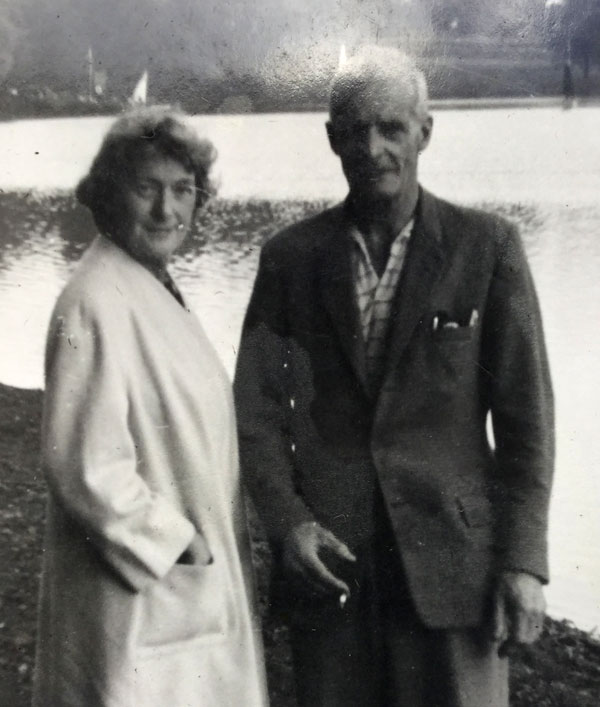Winteringham
is a small village one mile south of the Humber and eight miles north
of Scunthorpe, the muncipal borough which adopted HMS Vanity after a successful Warships Week in December 1941.
But everybody living in Winteringham knows that she is their warship,
not Scunthorpe's, and there is a scroll hanging on the wall of their
village hall to prove it.
On 10 June
1995 Ken Ashton, a local historian in Winteringham, wrote to his Member of
Parliament, Elliott Morley, enquiring about the adoption of HMS Vanity
by Winteringham. Morley passed on his enquiry to the Hon
Nicholas Soames MP, the Minister of State for the Armed Forces from
1994 to 1997, in the government of John Major. Nicholas Soames made
enquiries and sent a very helpful reply in which he wrote:
"HMS Vanity
was into an anti-aircraft escort vessel, recommissioned on 12 August
1940. Virtually all her subsequent career was spent with the Rosyth
Escort Group on East Coast convoys from the Firth of Forth to the
Thames (the FS series) and back again (FN series). It was a vital if
unglamorous role and most of the convoys passed unharmed, only 171
ships out of 104,792 escorted in 3,584 FS/FN convoys being lost.
In December 1944 the Vanity was rendered non-operational after colliding in fog with the merchant ship Apex.
She went to Antwerp for repairs and in June 1945 was disarmed and went
into reserve for the last time at Grangemouth. She was sold for
breaking up in March 1947."
Lt S J Beadell, RNVR, (SP), an official Naval Photographers, spent some time in HMS Vanity in
October 1940 and his fine photographs are in the collection of the
Imperial War Museum in London. They are all Crown Coopyright which has
long since expired and the IWM permit their use on not for profit
websites such as this. Some appear on this page with their IWM
reference to enable high resolution prints to be ordered from the IWM.
Ken Ashton arranged for the scroll awarded on the adoption of HMS Vanity
by Winteringham and the letter from Nicolas Soames and other related
documents to be framed and hung in the Village Hall where they can
still be seen today. Nicholas Soames included with his letter a list of convoys escorted by HMS Vanity and the National Archives ADM reference for the Reports of Proceedings written by the CO of HMS Vanity when Vanity
was the Leader of the Escort Force and he was the Senior Officer.
These documents are linked to from this
page as PDFs as an aid to future research in the National Archives at Kew.
In 2017 the Winterton Probus Club invited Havard Phillips, a 92 year old former RDF operator in HMS Vanity,
to talk about his wartime service at a lunch time meeting in the Bay
Horse Inn at Winteringham on 12 September. Afterwards, David Malcolm
talked about his father's memories of serving with Havard as an RDF
Operator in Vanity.
It was a very successful meeting and I have been sent a copy of
Havard's talk by the meeting organiser, Martin Bell, and it is
published below by kind consent of Havard's daughter, Anne McDowell.
Sadly, her father William Lewis Havard Phillips, died on 24 October
1919 aged 94.
**************
Memories of my time on HMS Vanity
Havard Phillips, wartime RDF (Radar) Operator in Vanity
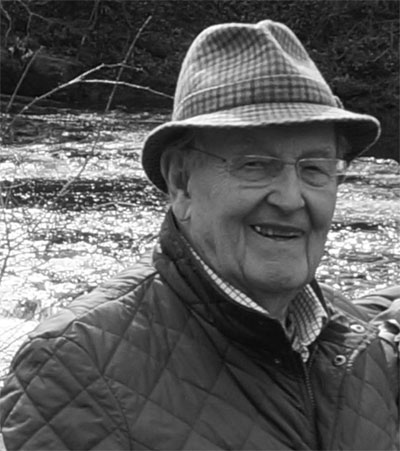
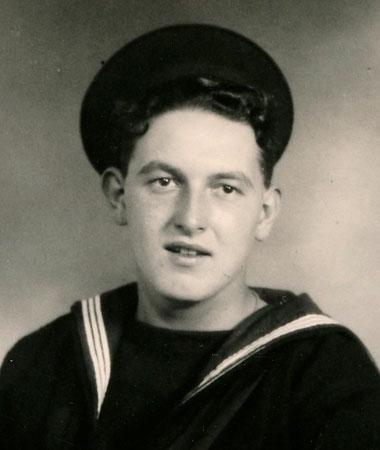 These memories of my time as radar operator on HMS Vanity
span the period of two and half years during the last war. 70 years
have elapsed since then and it is poignant to remember that most of the
people I served with and fought are now deceased and importantly their
descendants are no longer enemies but allies and friends.
These memories of my time as radar operator on HMS Vanity
span the period of two and half years during the last war. 70 years
have elapsed since then and it is poignant to remember that most of the
people I served with and fought are now deceased and importantly their
descendants are no longer enemies but allies and friends.
I was brought up near Swansea and from an early age I loved the sea. I
can remember in the late 1930’s my father taking me to the docks to see
a British warship and it was something I never forgot. When I was
seventeen and half I volunteered and had no hesitation in joining the
navy, it was like a calling and HMS Vanity soon became my home.
The ship was built in 1918 as the Great War came to an end. She was
brought into action again along with a number of others of the same
class in 1940 to escort convoys of merchant ships bringing military
equipment, food and other things the country needed from all parts of
the world. The ship was built for a crew of 90 but the enhanced
equipment by 1940 needed a crew of 110 plus. This meant that the living
conditions were somewhat cramped and primitive. Even so she was a very
happy ship and the crew was most loyal to the cause.
HMS Vanity along with many
other vessels operated from the naval base at Rosyth on the Firth of
Forth, this location, being strategically located to cover the North
Atlantic route to Russia and the whole of the North Sea. Convoys of
ships were formed at the mouth of the Firth of Forth under the
protection of the navy who then travelled North, South and East.
British armed forces needed vast amounts of equipment in advance of the
invasion of Europe. Most of this came in ships coming from North
America and the rest of the world and the North Sea route was
considered the safest route compared with the South Atlantic where the
enemy operated their U boats warships and aircraft.
Firth of Forth to the Thames estuary
HMS Vanity was mainly
committed to escorting convoys between the Firth of Forth and the
Thames Estuary. Convoys assembled in the mouth of the Firth of Forth
and would typically be escorted by three naval ships. One to lead, one
to follow and the third with a roving remit. The merchant ships varied
in size from the biggest Liberty ships down to small coasters and speed
varied from as low as 20 knots up to as much as 40 knots. The smaller
ships were usually coasters carrying coal from the Durham and Yorkshire
coalfields to London and the south of England.
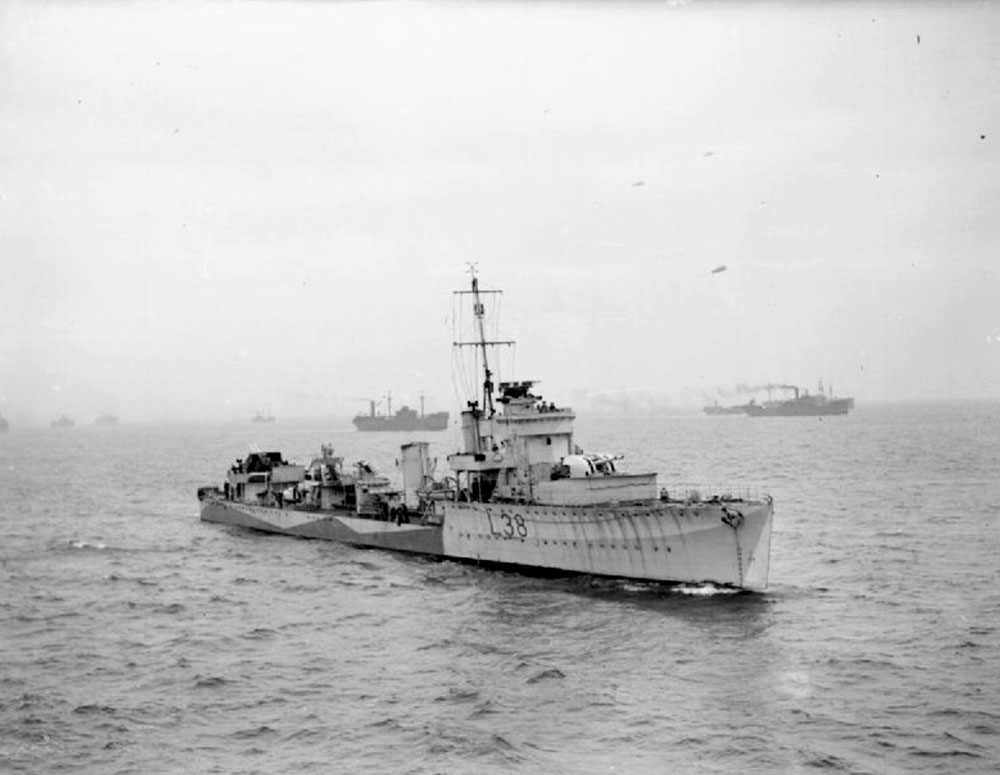
These voyages took two days in both directions. Going south the first
day was travelling over deep water from the Firth to the Humber. It was
in these waters that the enemy patrolled with their fleet of U boats.
On the second day we sailed from the Humber to the Thames and this leg
of the journey presented a different challenge. The convoy passed
through “E-Boat Alley” a channel of shallow water between the east
coast and Dogger Bank. This channel was marked by physical buoys which
appeared on navigation charts and were easily identified by radar.
However the E-boats would tie up to the buoys and could not be seen
until they separated and one echo turned to two. E-boats, were small
extremely fast craft powered with aircraft engines and equipped with
light armaments similar to our Motor Torpedo Boats. As a consequence,
they found it easy to outmanoeuvre a destroyer like the Vanity.
Our superiority came from our fire-power and ability to outgun the
E-boat. Despite these hazards our convoys had a great record of getting
their ships safely to their destination.
The convoy was typically dismantled on the Thames and usually the
ship’s crew had a welcome night ashore before making the return journey
back to the Firth of Forth.
HMS Vanity remained unscathed
during my time aboard and I was not aware of any casualties other than
on one occasion when we picked up two German bodies probable from the
crew of a sunken U boat.
My job as a radar operator
I was too young to become an officer but because I had O levels I
qualified to become a radar operator. The course lasted about three
months and took place around the Isle of Man. The training took place
on a ferry type ship which had been commissioned for the purpose and
had been specially equipped with radar and other teaching aids.
Radar in those days was very primitive and incorporated cathode ray
tubes. One model was for surface radar (No S271) and the other for
aircraft (No 291) and in both cases the aerials were rotated manually
which is hard to believe given the sophistication of today’s
technology. The equipment was housed in a small cabin and the operator
was required to inform the officer in charge of any activity
identified, giving the direction and distance of the object and a guess
as to what it might be. It won’t come as any surprise that the job was
largely monotonous and hard on the eyes. The times it became exciting
were few and far between, but when action happened the adrenalin kicked
in and it became very exciting.
You had to laugh
I remember when Vanity was
sent to the North Atlantic to escort a huge merchant ship back to Scapa
Flow. It was blowing a gale and the sea was very rough. Vanity
could only keep the same speed as the merchant ship by sailing at full
speed, driving the bow hard into the waves and shipping water below
decks. It took weeks to dry out the living quarters.
On another occasion we were involved in escorting a convoy half way to
Russia. Neither the ship nor the crew were properly equipped for the
job. The cold was unbearable and the ship’s company were enormously
relieved to learn that the mission was a one off never to be repeated
again.
We also experienced a “navy lark moment” when Vanity
had to be taken into dry dock in Antwerp to repair damage to a
propeller. I and others were led to understand that the damage was
caused by a limpet mine picked up in the channel - or this was the
official line. Those in the know knew that the damage was caused by a
collision - all I can say is - I was there!
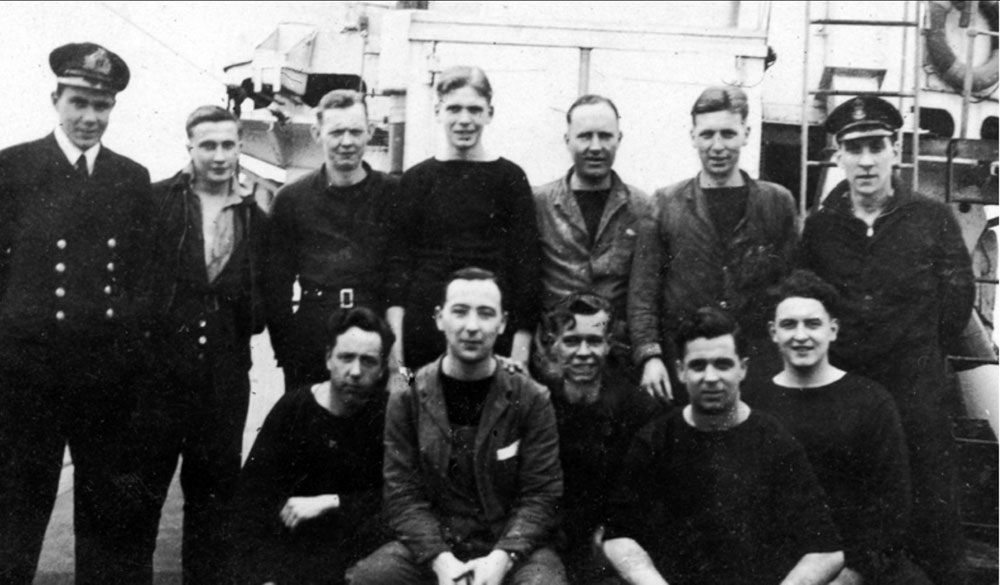 "Some of my friends and shipmates in Vanity"
"Some of my friends and shipmates in Vanity"
Back row: John Malcolm (third from left), Jack Hickman (third right) and Paddy Dalton (second right)
Front row: Jock MacGowan (second left) and a young Havard Phillips (right end)
Courtesy of David Malcolm
Life aboard
The crew of a ship had three levels of rank, officers and
non-commissioned officers and ratings. In contrast with civilian life
men from a whole range of backgrounds lived together in a very confined
area. This often created tensions and difficulties, which inevitably
got amplified when personal space was almost non-existent. Put simply
some individuals could cope but many others couldn’t. Interestingly
those that rose to the top and excelled were not always the better
educated. It was a unique experience, which was alien to civilian life.
What you learnt early on was that in extreme conditions your life was
likely to depend on your neighbour.
Daily life revolved around the normal routines of eating, sleeping and
personal hygiene. Importantly there was always plenty of food
available. As you could imagine the quality was quite variable but
always adequate for a growing lad.
The short trips of HMS Vanity
meant that there was frequent opportunity to eat ashore where the food
was always better. Time may have dimmed the memory but I definitely
remember the food being better in Scotland than down south. Perhaps
things never change.
Sleep was something you grabbed whenever the opportunity arose.
Fortunately I was someone who could sleep standing on my head but not
everyone was as lucky. All the ordinary seamen slept in hammocks, which
is an acquired art which some struggled to come to terms with. The
hammocks were slung in rows across the width of the ship and were
stored away during the day. There was no space between the hammocks so
the experience was like sleeping with three in a bed. As a consequence
there was no privacy and you can imagine the chaos as the duty watches
changed at midnight and again at 4 am. By day, one often found an
opportunity for a catnap normally stretched out on any available bench
or seat.
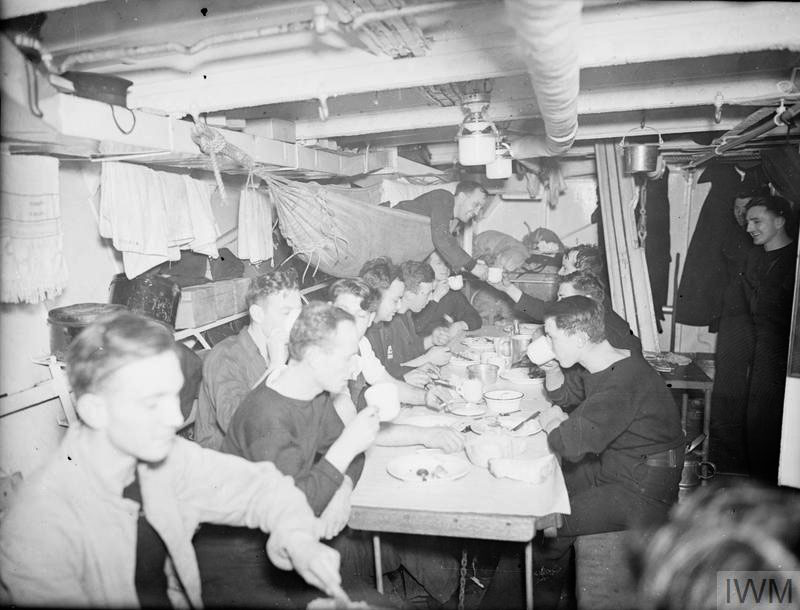
Washing facilities were very basic. We always had fresh water, as we
were able to replenish the tanks on the ship regularly. Most of our
personal washing was done out of a bucket of water, which included a
full body wash. There was a cold- water shower but it was rarely used
because it wasted water and was difficult to set up. When in Rosyth we
would jump at the opportunity to make the short journey to Dunfermline
where there was a range of bath houses including a Turkish one. I can
remember how wonderful it felt spending an hour wallowing in a deep
bath full of boiling hot water.
At the end of the war in Europe in June 1945, HMS Vanity
was chosen with another destroyer to escort a Royal Navy Cruiser to
take King Haakon back to Norway This was a tremendous privilege. The
cruiser went into Oslo the other destroyer went into Christiansfeld and
the Vanity went into Bergen. We had a tremendous welcome from the Norwegian people and believe it or not by armed German soldiers as well.
HMS Vanity was decommissioned
immediately the European war ended and was sold to be broken up in
1947. I joined the crew of Fighter Director Tender 13 which was
scheduled to see action in the Pacific but the atomic bombs dropped on
Japan brought the war to a close. I spent the last few months in HMS Illustrious before leaving the navy to read Agriculture at Bangor University and returning to civvy street.
What came next?
Havard was born in Swansea on 25
May 1925 and had matriculated before he left school and joined the Navy
at the tender age of seventeen but he was now twenty plus and, without
a trade or profession, he had a lot of catching up to do. He decided to
study Agriculture and was accepted by Bangor University but the
academic year began in September and he was still in the Navy. He went
to see the CO of HMS Illustrious and
explained the situation and was sent to the Lt(Surg) with a note from
the CO and was signed off sick for three months which enabled him to
enrole at the University in September.
As well as graduating from Bangor with a BSc he met his future wife
there, a lecturer in Zoology. He joined the Ministry of Agriculture's
Grassland Centre but left them for the Fertilisers Division of
ICI, visiting farms in Wales and the border counties. Over time
he took on various management roles, living in different parts of the
UK. He marrried on Anglesy in 1952 and had two children, a boy
and girl. After twenty years with ICI he took early retirement to
avoid having to take an office job in London. He saw this as a change
of direction rather than retirement and bought into an agricultural
merchant in Cheshire and a small farm just across the border in Wales.
When he did finally retire he bought an
apartment in Tatton Hall at Tatton Park near Knutsford, Cheshire. He
greatest pleasure in life latterly was his family. He had five
grandchildren and was lucky enough to meet his great granddaughter
regularly before he died. He was old in years but mentally alert and
active with a mobile phone and an iPad and found out about the link
between Winteringham and HMS Vanity by finding John Kirk's website about the village, Winteringham History and Genealogy, which although no longer updated can be accessed on the British Library's Web Archive.
Friends and family were confident he would
live to be a hundred but he had a heart problem which led to his death
in the Countess of Chester Hospital at Chester on 24 October 1919 aged
94.
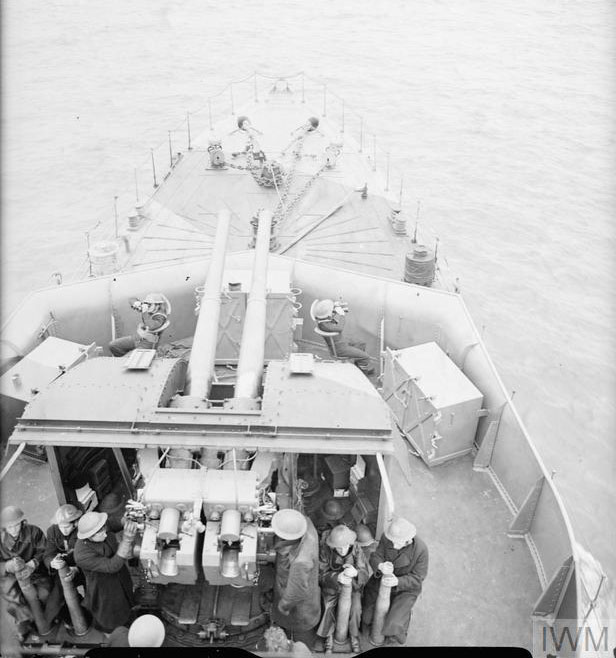
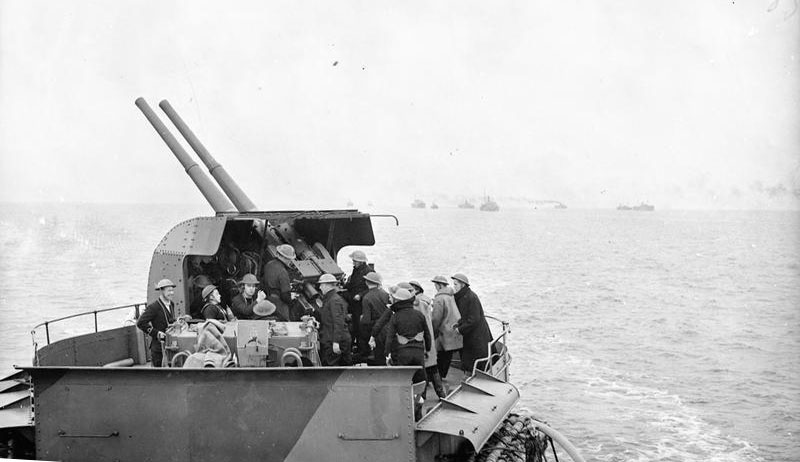
The twin 4-inch guns on HMS Vanity escorting an East Coast Convoy
Forward mounting in the raised B position (left) and aft mounting in the raised X position (right)
Courtesy of the Imperial War Museum
In
Nelson's time the Navy used spherical solid shot, cannon balls, which
were muzzle loaded after ramming home an explosive charge. Iron clad
warships led to the development of armout piercing shells, which were
breech loaded, but the cordite propellant was packed separately in a
cloth bag and loaded into the breech after the shell, as in the case of
the BL 4.7 inch Mk 1 fitted in some V & W destroyers built at the
end of WW1, such as HMS Venomous.
Their 4.7 inch diameter 50 lb shells made them an effective Anti Tank
Gun at Boulogne in May 1940 but they provided little defence
against attack from the air. The separate ammunition gave them a slow
rate of fire, of 5 to 6 rounds per minute. Other V an Ws such as HMS Vimy
mounted the QF (Quick Firing) Naval Gun Mk V, where the cordite charge
was contained in a brass cartridge case giving a higher rate of fire.
The shell weight was 31 lbs.
From the 1930s onwards many of the V &
Ws had these guns replaced by twin QF 4 inch Naval guns Mk XVI, with
fixed ammunition, where the shell was mounted in the mouth of the brass
cartridge case, which was fired electrically, giving a rate of fire of
up to ten rounds per gun. They were HA (High Angle), DP (Dual Purpose)
guns suitable for engaging surface and land or aircraft targets, They
could fire either 35 lb HE shells against aircraft, or 38 lb Semi
Armour Piercing shells at surface and land targets. Against aircraft
the shell would have a time fuze , and for other targets the fuze would
be impact.
They are usually referred to as WAIR
Conversions, and were conceived as advance models of the Hunt Class
Escort Destroyers, intended for escorting the vulnerable East Coast
convoys (see V & W Class Destroyers, 1917-1945; by Antony Preston pge 57). The rounds were raised by a lift on a
"cruet" from the magazine and the mounting could fire 15 - 20 rounds per minute.
Each Gun Crew consisted of fourteen men, each with his own specific job
to do. Frank Donald, a retired Lt Cdr in the Royal Navy who served in
HMS VIgilant in 196? which
was fitted with identical guns to those shown in these two photographs
explains below the role of each man in the Gun Crew.
The crew of the twin mounting would be:
Officer of the Quarters – In general charge of the mounting and crew
Layer – Captain of the mounting
Seated inside the shield on the right of the mounting
Responsible for elevating the mounting and aiming it in elevation when in local control
Equipped with sighting telescope for surface firing, and open “cartwheel” sight for anti-aircraft firing.
Trainer – Seated inside the shield on the left of the mounting
Responsible for training the mounting and aiming it in bearing when in local control
Equipped with sighting telescope and “Cartwheel sight”
2 Breechworkers
Standing on a step outboard of the breech of each gun
Responsible for opening and closing the breech, and opening and closing the Firing Circuits by means of the Interceptor Switch
When
the breech is open the breech block is held down by a spring catch. The
recoil of the gun opens the breech and ejects the spent cartridge.
2 Loaders
Standing in rear of each breech.
Responsible for ramming the round into the breech, using his padded clenched fist.
As the round goes home the catch is released and the breech closes and
the gun fires. The loader clenches his fist to keep his fingers clear.
4 Ammunition Supply Numbers (two each side)
Responsible for taking the rounds from the ready use locker or hoist and handing them to the Loader.
In
anti-aircraft firing the round has to be placed on the Fuze Setting
Machine so that the flight time can be set, before it is handed to the
loader.
2 Fuze Setters, inside the shield, (one each side)
Operates the Fuze Setting Machine to set the flight time, which is received from the Central Transmitting Station.
Communications Number
Mans the telephone to the Director and Transmitting Station
In the left hand photograph a
ready use locker can be seen on each side inside the breakwater. The
mounting is trained straight ahead. The Breechworkers are standing in
place, and the breech blocks are down ready for loading. Two Ammunition
Supply numbers can be seen on each side.
In the right hand photograph
a coastal convoy can be seen astern. The mounting is trained on the
Starboard Quarter at medium elevation. The Officer of the Quarters is
standing on the left. The Breechworkers, Loaders and Ammunition Supply
numbers can be clearly seen. The ready use lockers are forward of
the mounting, between us and the crew.

 HMS VANITY
HMS VANITY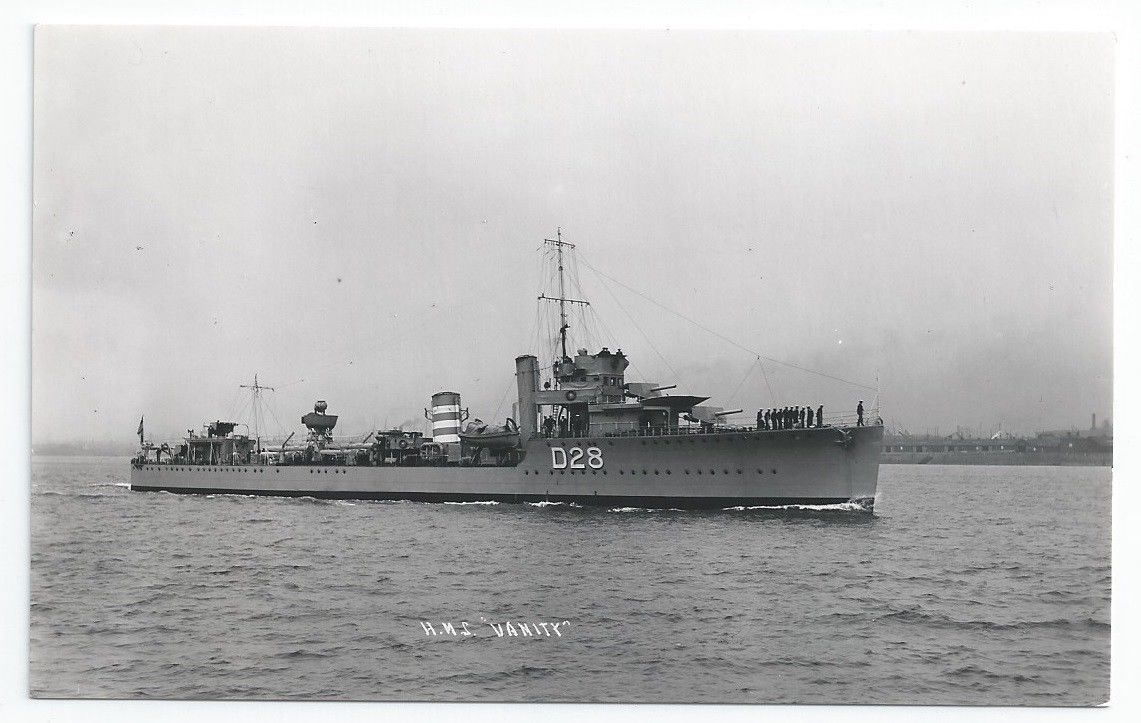
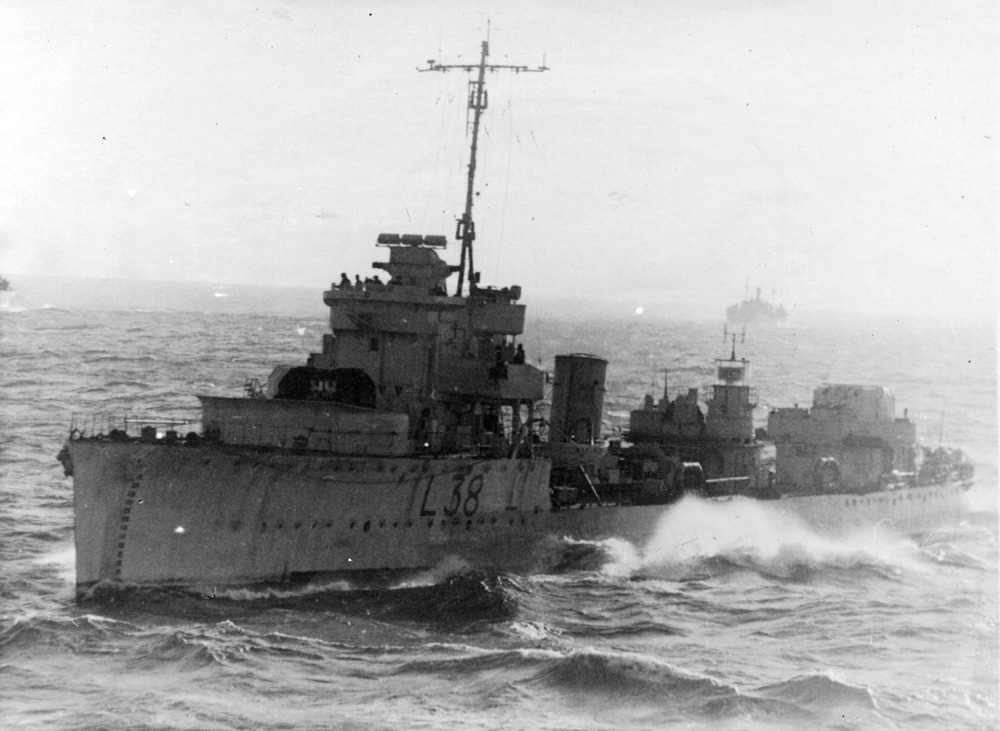

 These memories of my time as radar operator on HMS Vanity
span the period of two and half years during the last war. 70 years
have elapsed since then and it is poignant to remember that most of the
people I served with and fought are now deceased and importantly their
descendants are no longer enemies but allies and friends.
These memories of my time as radar operator on HMS Vanity
span the period of two and half years during the last war. 70 years
have elapsed since then and it is poignant to remember that most of the
people I served with and fought are now deceased and importantly their
descendants are no longer enemies but allies and friends.




